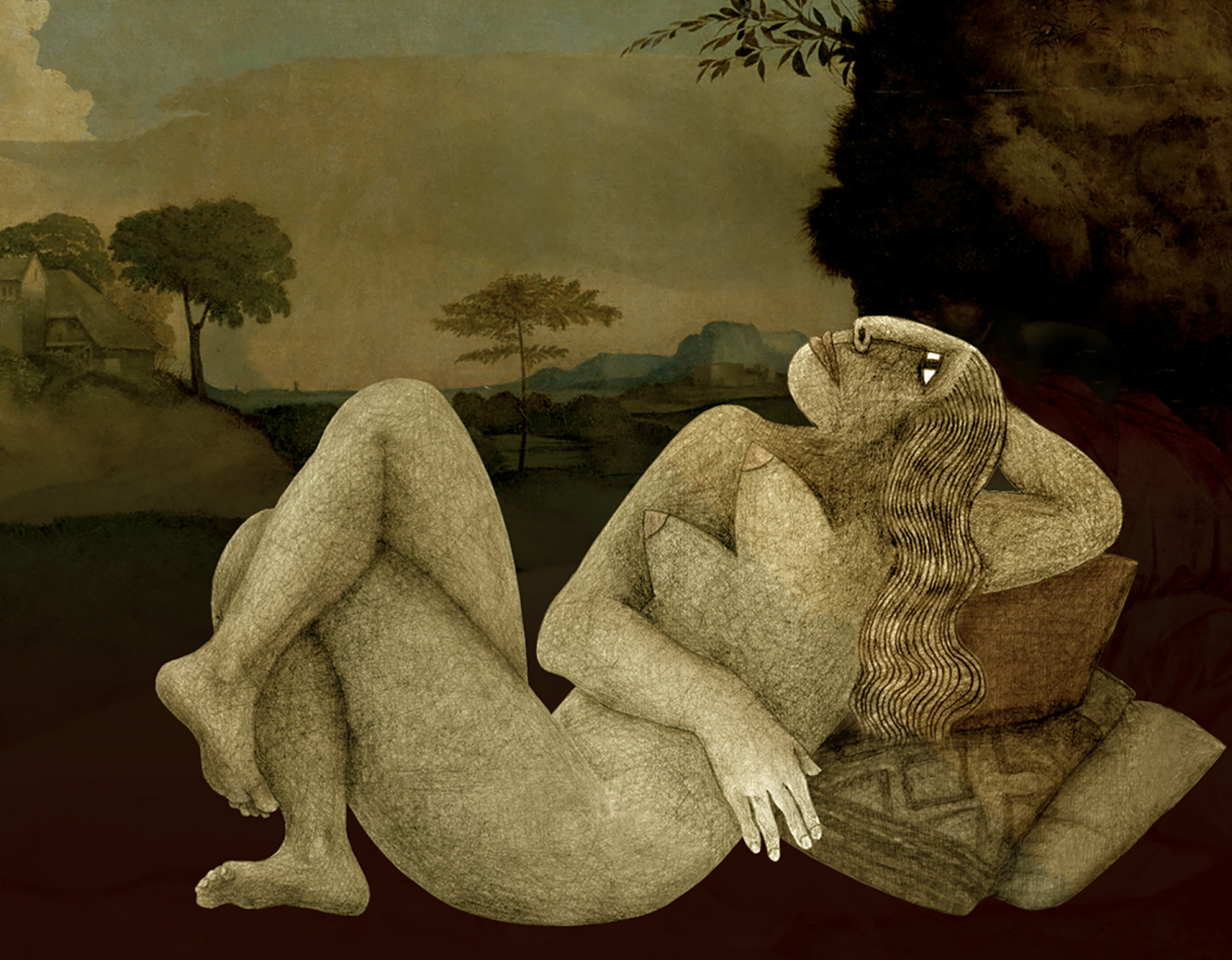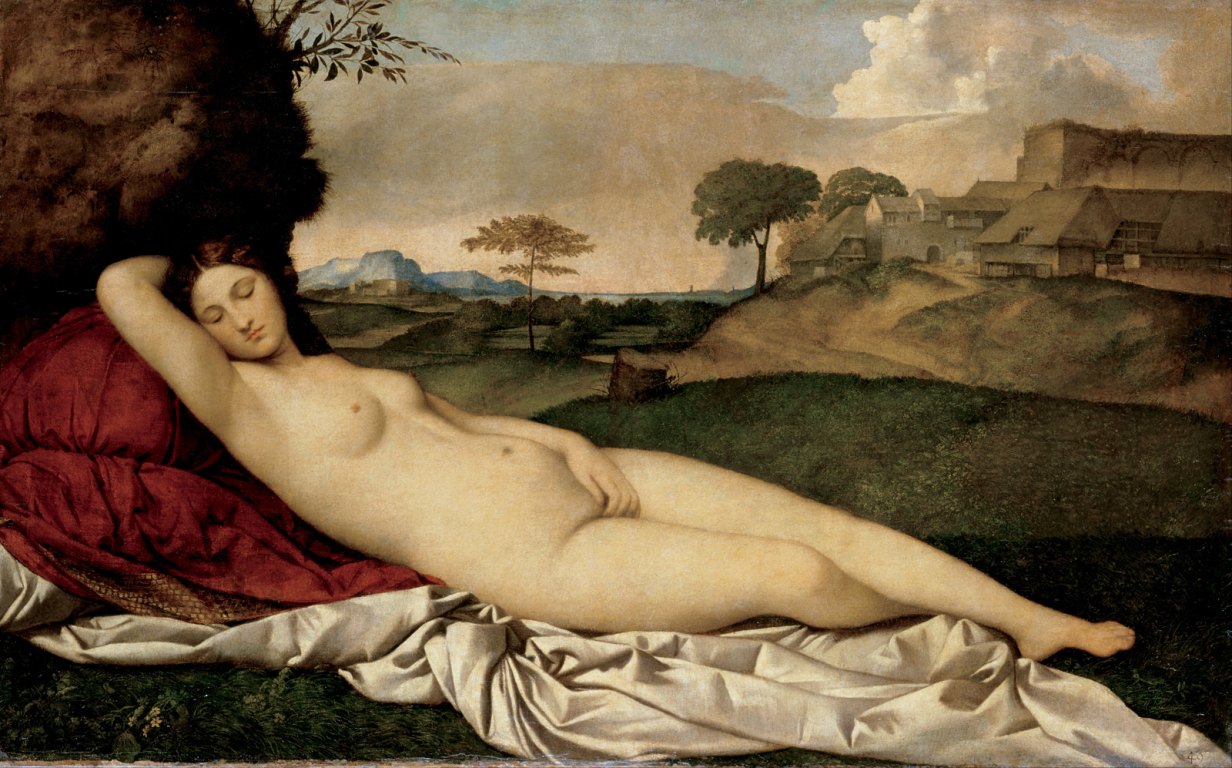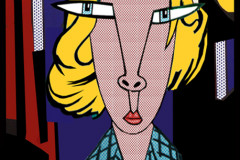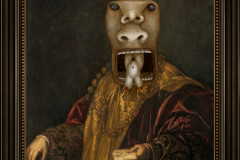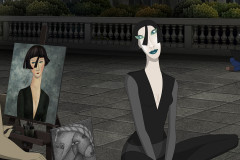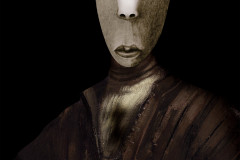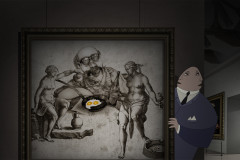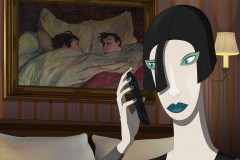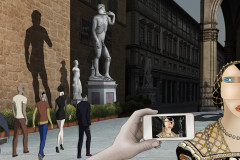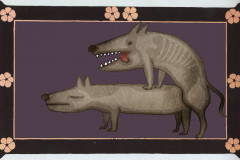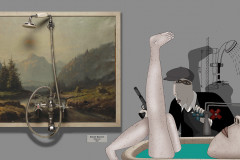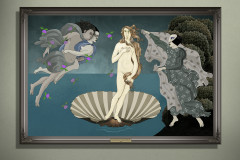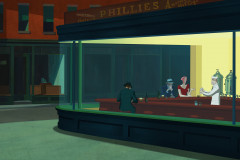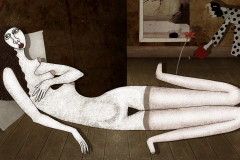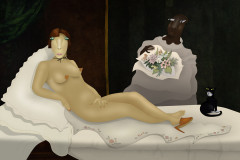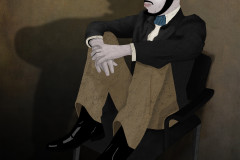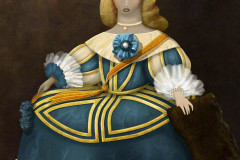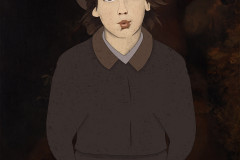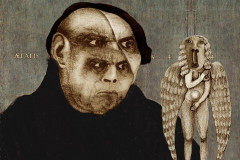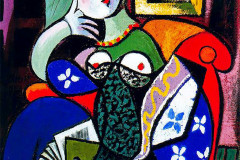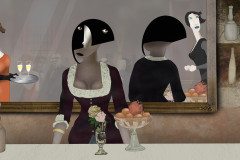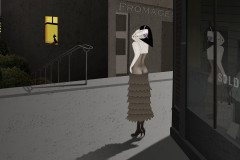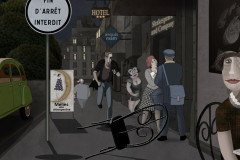Giorgione (1477k. - 1510): Alvó Vénusz 1510 k. (olaj, vászon, 108x175 cm), Drezda, Gemäldegalerie. A velencei reneszánsz festészet kissé titokzatos, ám nagy hatású alkotójának leghíresebb műve, amelynek jelentős utóélete lesz a festészet történetében. A hatására készült festmények (Tiziano Urbinói Vénusza, Manet Olympiája) Ruben Brandt gyűjteményében is megtalálhatóak, maga az Alvó Vénusz pedig, az eredetinél összegabalyodottabb lábakkal, szerényen meghúzódik Gauguin képének elrablásakor a galéria falán.
Giorgione képe maga az idill: harmonikus, lankás tájban, gyönyörűen megfestett ezüstösen csillogó drapérián és mélyvörös párnákon fekszik Vénusz, a szerelem és szépség római istennője. Testtartása az antik szobrok „szemérmes Vénuszát” idézi, a Giorgionéra jellemző puha, körvonalakat lágyan elmosó festésmód finom ködbe burkolja az istennő alakját. A táj domborzatába belesimulnak a női akt domborulatai, akit, bár nagyon közeli képkivágásban látunk, mégis elérhetetlen messzeségben van - csukott szemű, a külvilággal mit sem törődő nő elzárkózik a néző elől, kapcsolatteremtésre se szándék, se lehetőség – ez valóban egy megközelíthetetlen istennő. Milyen más lesz ez a téma későbbi változatain!
Giorgione (c. 1477–1510): Sleeping Venus, c. 1510
Oil on canvas, 108 × 175 cm
Gemäldegalerie, Dresden
One of the most famous works by Giorgione, the somewhat enigmatic yet highly influential master of the Venetian Renaissance, Sleeping Venus has had a profound impact on the history of painting. Its legacy can be traced in later works such as Titian’s Venus of Urbino and Manet’s Olympia, both of which appear in Ruben Brandt, Collector. Giorgione’s original, with its more modestly crossed legs, can be seen humbly tucked away on the gallery wall during the theft of the Gauguin painting.
Giorgione’s canvas embodies pure idyll: the Roman goddess of love and beauty reclines in a peaceful, rolling landscape, resting on shimmering silver drapery and deep red cushions, all rendered with exquisite softness. Her pose recalls the classical "modest Venus" sculptures, while Giorgione’s signature painterly technique—soft contours and delicate light—wraps the scene in a dreamy haze. The curves of the landscape echo the gentle curves of the nude figure, and though she is depicted in close proximity, Venus remains entirely out of reach—her eyes are closed, indifferent to the world, inaccessible and divine. There is no invitation to engage, no possibility of connection—this truly is an untouchable goddess.
How different this theme will become in its later reinterpretations!






